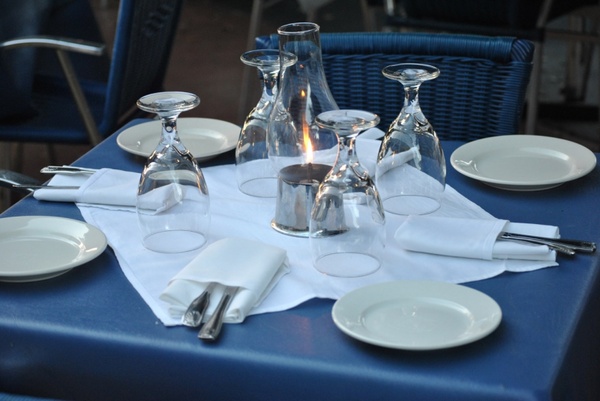
by Lorri | Oct 19, 2016 | UnCorked
For some the restaurant wine list is a dreaded, somewhat embarrassing and often intimidating part of the dining experience. I frequently hear from Uncorked readers asking for advice on navigating the wine list.
For me, the first look at a restaurant’s wine list can be compared to the thrill of the first look at a page-turning novel. In all honesty, I sometimes enjoy exploring the wine list more than the food menu.
If you are in a fine-dining restaurant chances are strong they have given careful thought to the wine choices, pricing and food pairing options. With all due respect to my fellow wine managers, in these restaurants you could easily close your eyes, throw a dart at the list to pick your choice and end up with an excellent wine.
But just in case, here are a few tips to keep in mind for your navigation.
- Don’t be shy about asking your server for direction. Most are trained for this moment and it’s a pleasure for them to be asked to guide you on making an ideal choice. If stating the amount you are willing to spend is embarrassing with your date, family or business clients within earshot, there are subtle ways to direct your questions. On price, point to a wine that is the price you want to spend and simply say: “I’m looking for a wine in this price range that will match well with what the table is ordering.”
- If you prefer a specific varietal or drink only chardonnay but can’t find it on the list, there is no need to stress about your selection. Talk to your server about your love of the grape and ask for recommendations close to the style you enjoy.
- Plan ahead. Many restaurants have their menus and wine lists available online. Take a look and study your options before you go. If you are ordering the wine for your table, arrive a few minutes before your guests to discuss your options, confirm the website list is accurate and find out about any specials.
- Keep in mind a few safe and reliable regions and/or wine types. It’s possible to make a selection without recognizing specific vineyards, vintages or even brands. For value-priced whites consider Australian chardonnay, Italian pinot grigio and New Zealand sauvignon blanc. For value priced reds consider California zinfandel, Chilean cabernet sauvignon, Australian shiraz and French Cru Bourgeois.
- Consider the cuisine of the restaurant. If it’s Italian stay with Italian wines, for a tapas menu chances are Spanish wine selections will be ideal. This also offers a unique opportunity that the house wine is a reliable and ideal choice for your dining experience.
- Order by the glass to keep your options open throughout dinner. This is also ideal if you have many guests with diverse tastes.
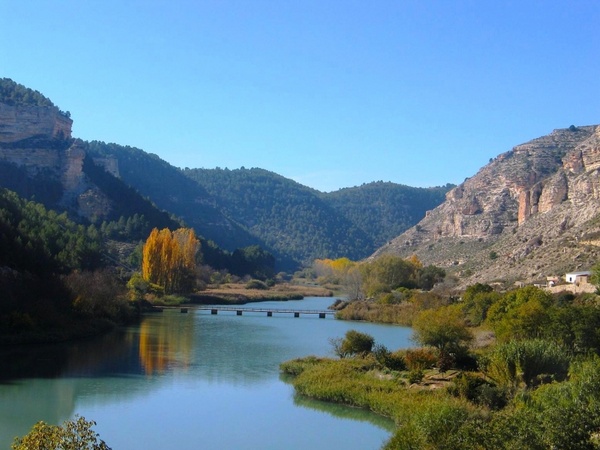
by Lorri | Oct 12, 2016 | UnCorked
Argentina and Chile are a couple of countries to keep an eye on for satisfying the world’s thirst for value-priced wines. Both countries boast natural resources and near-perfect climatic conditions envied by growers around the world. In terms of production, Argentina is fifth and Chile is ninth.
The two countries are hardly new to the wine scene, but the international acclaim for them may be.
Argentina boasts a rich cultural legacy in relation to wine, with more than 400 years of history building on the traditions of New and Old World wines. In addition to this history, Argentina has a unique location offering a distinction in viticulture, with its altitude creating many microclimates. Another asset to viticulture is the soil’s low fertility. (Unlike many other food crops, grape vines produce better fruit when the roots have to struggle to find the nutrients they need.) Very little of the world’s soil is as young and nutrient-deprived as Argentina’s and, adding to this, the purity of the water makes it a viticulture paradise.
Chile offers the same in its unique viticulture identity. The first vines were planted in Chile in the 1550s. The country’s geographic barriers — the Atacama Desert to the north, the Andes Mountains to the east, the Patagonian ice fields to the south and the Pacific Ocean to the west — make Chile an authentic agricultural island. The combination of beneficial natural barriers and a Mediterranean-like climate makes an ideal situation for organic grape growing. While some labels don’t say so, some of the largest organic vineyards in the world are found in Chile.
I recently was honored to be included in a tasting showing off these Argentina and Chile fine wine and its continued greatness.
THE VALUES
- NV Pascual Toso Brut, Argentina (about $12 retail)
- 2014 Pascual Toso Malbec Mendoza, Argentina (about $15 retail)
- 2015 Santa Ema Select Terroir Sauvignon Blanc, Chile (about $11 retail)
- 2014 Santa Ema Select Terroir Chardonnay, Chile (about $11 retail)
- 2015 Norton Malbec LuJan De Cuyo, Argentina (about $11 retail)
- 2014 King Malbec, Argentina (about $13 retail)
THE SPLURGES
- 2015 Montes Spring Harvest Sauvignon Blanc, Chile (about $16 retail)
- 2015 Montes Cherub Rose of Syrah, Chile (about $17 retail)
- 2013 Santa Ema Reserve Merlot Maipo Valley, Chile (about $16 retail)
- 2013 Montes Twins Red Blend, Chile (about $16 retail)
- 2013 Kaiken Reserva Cabernet Sauvignon Agrelo Vineyard, Argentina (about $20 retail)
- 2013 Kaiken Ultra Cabernet Sauvignon, Argentina (about $16 retail)
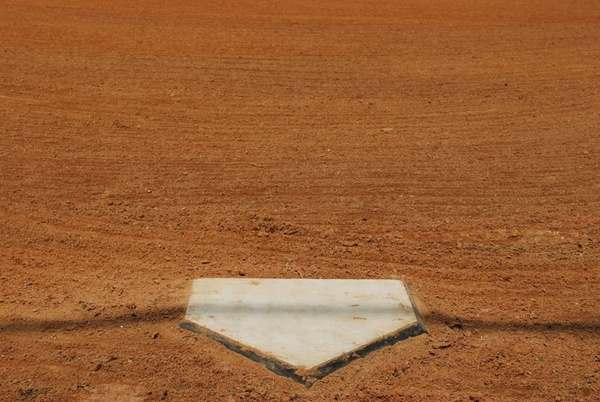
by Lorri | Oct 5, 2016 | UnCorked
The Festival of Wines, in its 13th year, is the largest wine festival in central Arkansas offering several hundred wines from all corners of the wine world. One of my favorite features of the event is the unique location of the “patio party” filling the Dickey-Stephens Park concourse with the enjoyment of music surrounding the stadium. Not only is it a wine-tastings mecca but the festival also features cuisine from many of our best restaurants in central Arkansas.
For more information about the festival, visit heart.org/festivalofwines.
Here are a few starter notes for wines I know you will want to explore.
THE VALUES
- 2015 Bell Sauvignon Blanc, California (about $16 retail)
- 2015 Bell Red Blend, California (about $16 retail)
- 2014 Chateau Du Caillau Cahors, France (about $16 retail)
- 2014 Banfi Chianti Superiore, Italy (about $12 retail)
- 2015 Zonin Prosecco, Italy (about $14 retail)
- 2014 Domaine Laroque Cabernet Franc Carcassonne, France (about $10 retail)
- 2015 Matchbook Chardonnay, California (about $12 retail)
- 2014 Force of Nature Red Blend, California (about $17 retail)
- 2015 St. James Cynthiana, Missouri (about $9 retail)
- 2015 St. James Blackberry, Missouri (about $9 retail)
- 2014 Niner Sauvignon Blanc, California (about $19 retail)
- 2014 Predator Zinfandel, California (about $16 retail)
- 2014 Rutherford Ranch Chardonnay, California (about $16 retail)
- 2014 Concha y Toro Marques Cabernet Sauvignon, Chile (about $19 retail)
- 2014 Chamisal Stainless Chardonnay, California (about $16 retail)
THE SPLURGES
- 2013 Alexander Valley Schoolhouse Reserve Cabernet, California (about $41 retail)
- 2014 Chateau Mongravey Margaux, France (about $47 retail)
- 2015 Rosa Regale, Italy (about $24 retail)
- 2014 Schug Sonoma Pinot Noir, California (about $23 retail)
- 2016 Moet Chandon Grand Vintage, France (about $89 retail)
- NV Moet Chandon Nectar Imperial Rose, France (about $90 retail)
- 2014 Tooth and Nail “The Stand” Petite Sirah Blend, California (about $28 retail)
- 2014 Stasis Pinot Noir, California (about $44 retail)
- 2014 BV Napa Cabernet, California (about $35 retail)
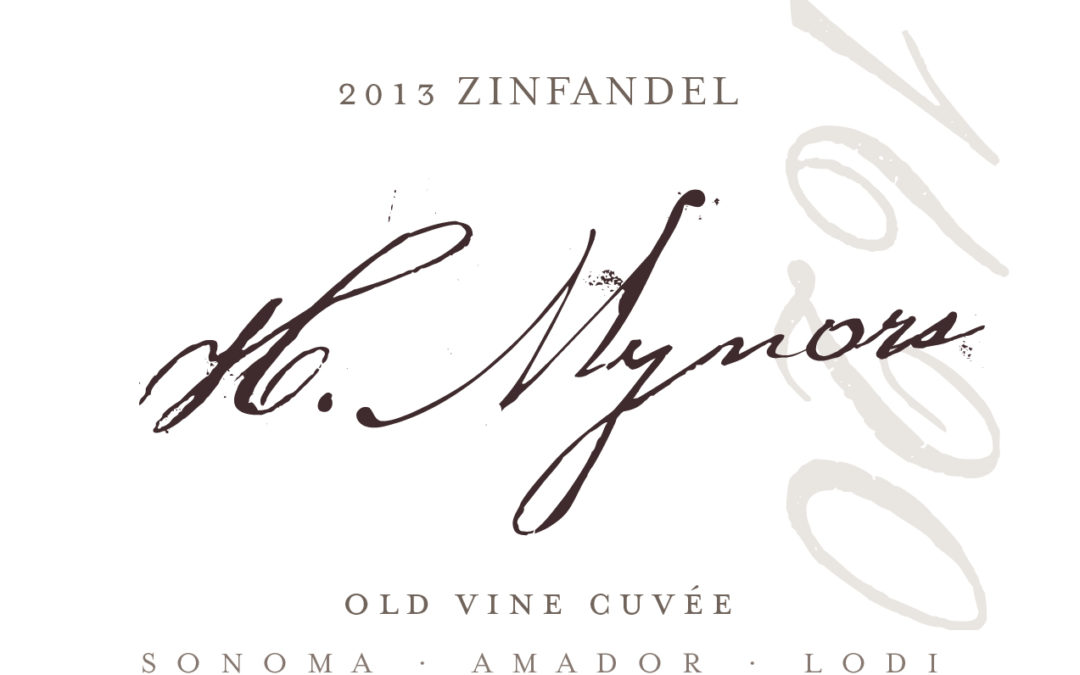
by Lorri | Sep 28, 2016 | UnCorked
Call me a romantic but I have a weakness for old-vine zinfandels. I am not sure if it is the humble respect for the twisted, awkward growing vines or the diligent mission in proving this grape’s finest incarnations are not sweet and pink.
I recently tasted a zinfandel from H. Mynors, that was one of those finest incarnations of the amazing zinfandel grape.
If you are a regular Uncorked reader, you are probably familiar with the wines of Sean Minor, because I continue to be a fan of this family winery. H. Mynors is a brand made by Sean Minor Wines. It’s a reference to Sean Minor’s ninth great-grandfather, who encouraged his family to venture to the new world from England in the early 1600s. The original spelling of their last name was changed to Minor after arriving in America. The timing was around the same as the establishment of Vinifera grapevines being used for wine production on the West Coast.
Zinfandel showed up in U.S. vineyards around 1850. By the 1880s it was the most extensively planted red grape in California. It was not until French grape varieties such as chardonnay and cabernet sauvignon took to the soils of America in the early 1960s that zinfandel plantings started to dwindle. These new grapes flourished in America’s soil and the timing was ideal, as the American wine-drinking market continued to grow. To keep up with demand, many growers grubbed up the zinfandel vines and planted the newcomers.
If not for the loyal producers of zinfandel dedicated to the future of this grape, we may not have the vigor of the zinfandel today. Zinfandel is the third leading wine grape variety in California.
The grapes used for H. Mynors Zinfandel are a combination of fruit grown in Sonoma, Amador and Lodi counties. All three of these areas are world renowned for growing exceptional zinfandels, some of the most acclaimed in the world. The H. Mynors zinfandel showcases the differences in cultivation, terroir and winemaking that combine to give zinfandel its distinct flavor profile, a truly distinct name, ties to the Mynors’ family history and exceptional style.
THE VALUE
- 2014 Sean Minor Four Bears Winery Pinot Noir, California (about $14 retail)
THE SPLURGE
- 2013 H. Mynors Old Vine Cuvee Zinfandel, California (about $19 retail)
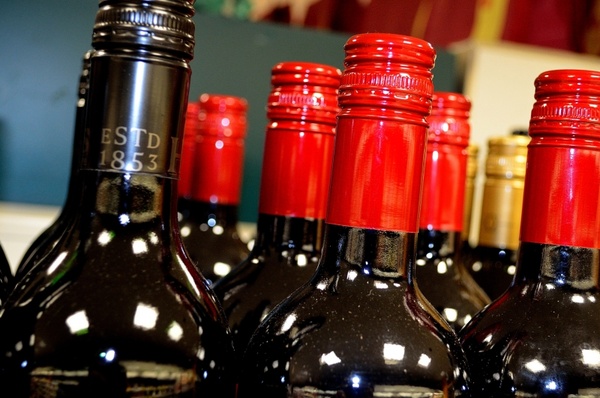
by Lorri | Sep 21, 2016 | UnCorked
I have wanted to get the discussion started about an often ridiculed grape variety, the merlot. Just a decade ago this grape was in demand around the world. We loved it; it paired with so many foods and it was the red wine as chardonnay was the white over the decade.
But as is often the case with mass appeal, merlot and chardonnay got the wrong end of the stick and became so popular they’re longer cool. Merlot’s decline probably isn’t the result of a single factor, but one can’t help but wonder if this out-casting of merlot was possibly bolstered by the impression moviegoers took away from the 2004 movie Sideways and the character Miles’ views on the merlot grape.
Was the American wine drinker reckless in the judgment of merlot? I think so. Yet, despite its passe reputation, merlot sales are on the rise. Some might say wine drinkers are falling back in love with the grape, but I must aver that many of us never fell out of love.
Merlot is often overshadowed by its more distinguished blending partner, the cabernet sauvignon. For centuries, merlot has been the preferred blending partner for cabernet around the world. Its role is quite simple: to take away the hard tannic edge of cabernet sauvignon with its soft gentle roundness. A favorite quote of mine: “Behind almost all great cabernets there will be some merlot lurking somewhere inside the bottle, sweet-talking the tannic cabernet into civility.”
On its own, merlot is generally riper, fleshier and softer than most cabernet sauvignons. Its home is on the sloping hills of St. Emilion, on the right bank of the Gironde estuary in Bordeaux. This is the region where merlot became the finest and most expensive expression of this grape in the world. It is here where merlot was born into its noble reputation. But today this grape flourishes in many vineyards across the world.
THE VALUE
- 2014 Bogle Vineyards Merlot, California (about $12 retail)
THE SPLURGE
- 2013 Duckhorn Vineyards Merlot, California (about $50 retail)

by Lorri | Sep 14, 2016 | UnCorked
When I think of football season of course I think about the exciting games ahead but I must admit I get more enthusiastic about food, friends and beverages all coming together during the big game.
We all know beer and football go together (almost) like wine and cheese, but as football season kicks off I wanted to share a few game day wines and football food pairings that are easy winners.
POTATO CHIPS AND CHARDONNAY
It isn’t glamorous, but the potato chip is a game day staple. And, surprisingly, it is a perfect match to wine. Not only is the potato chip easy to serve and inexpensive, it has an ingredient that wines love — salt. This simple pairing makes snacking during the big game as easy as a bowl and a wineglass.
THE VALUE
- 2013 Apaltagua Chardonnay, Chile (about $11 retail)
THE SPLURGE
- 2014 Raeburn Russian River Valley Chardonnay, California (about $20 retail)
CHILI AND CABERNET SAUVIGNON
There is nothing like the smell of a big pot of chili simmering to announce the arrival of football season. It’s an easy dish for game day because it can be eaten at everyone’s convenience and topped with an array of ingredients to meet personal tastes. Cabernet sauvignon pairs into every type of chili: turkey, beef, chicken, spicy and even vegetarian. The dish’s strong acidity in conjunction with the hearty smoky rich texture make it an ideal match for full-bodied cabernet sauvignon.
THE VALUE
- 2014 Belle Ambiance Cabernet Sauvignon, California (about $9 retail)
THE SPLURGE
- 2013 Round Pond Rutherford Cabernet Sauvignon, California (about $62 retail)
HOT WINGS AND SAUVIGNON BLANC
Everyone loves a hot wing on the game day menu but, honestly, it possibly is the most difficult food to match with wine. The wings usually come with a substantial kick of heat. It’s that heat, derived from a vinegar-based hot sauce, plus salty skin, savory meat and creamy blue cheese dipping sauce that makes wings so irresistible. It sounds mouthwatering, but that’s a lot of flavors going on in a dish. So you may be shocked that a white wine is generally your best pairing. Pairing wings with red wines is like putting a dry, tannic spice bomb in your mouth.
THE VALUE
- 2104 Gnarly Head Sauvignon Blanc, California (about $10 retail)
THE SPLURGE
- 2014 Niner Wine Estates Sauvignon Blanc, California (about $22 retail)
BURGERS/RIBS/STEAK AND MERLOT
I know that’s a lot to ask from a single wine but merlot can handle the flavors of smoke, sauce, cheese, sweet onions and even Heinz 57 — you name it. Merlot has always been the crowd-pleaser with its rich fruity flavors. It has a softer style than the powerful tannins of cabernet sauvignon, making its pairing capacity broad; it can pair with richly sauced dishes, caramelized foods, and even a touch of spice.
THE VALUE
- 2014 Bogle Merlot, California (about $12 retail)
THE SPLURGE
- 2013 Hourglass Estate, Napa Valley California (about $66 retail)





